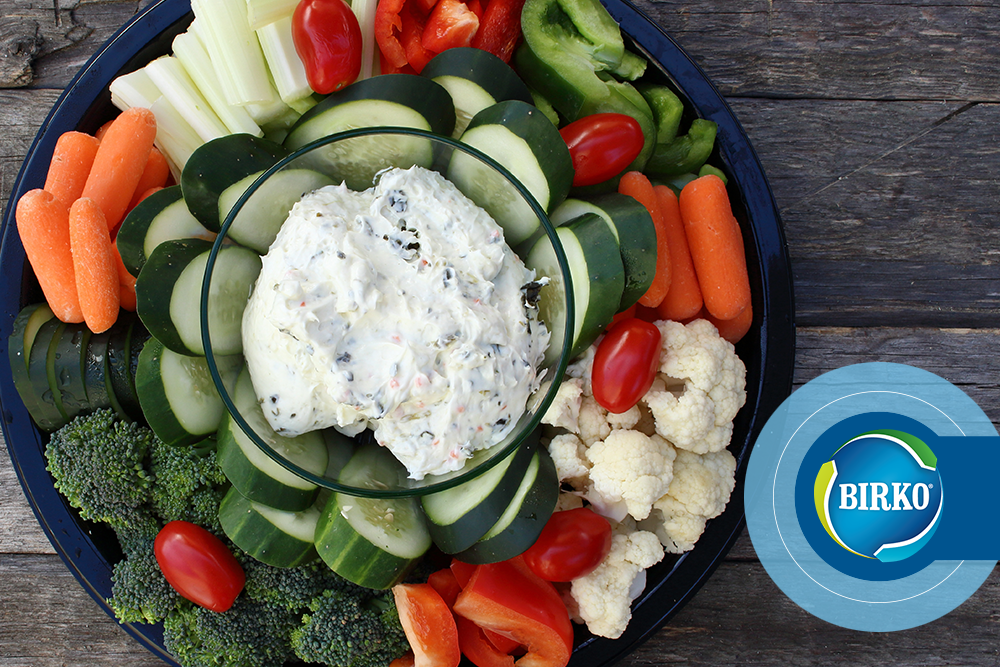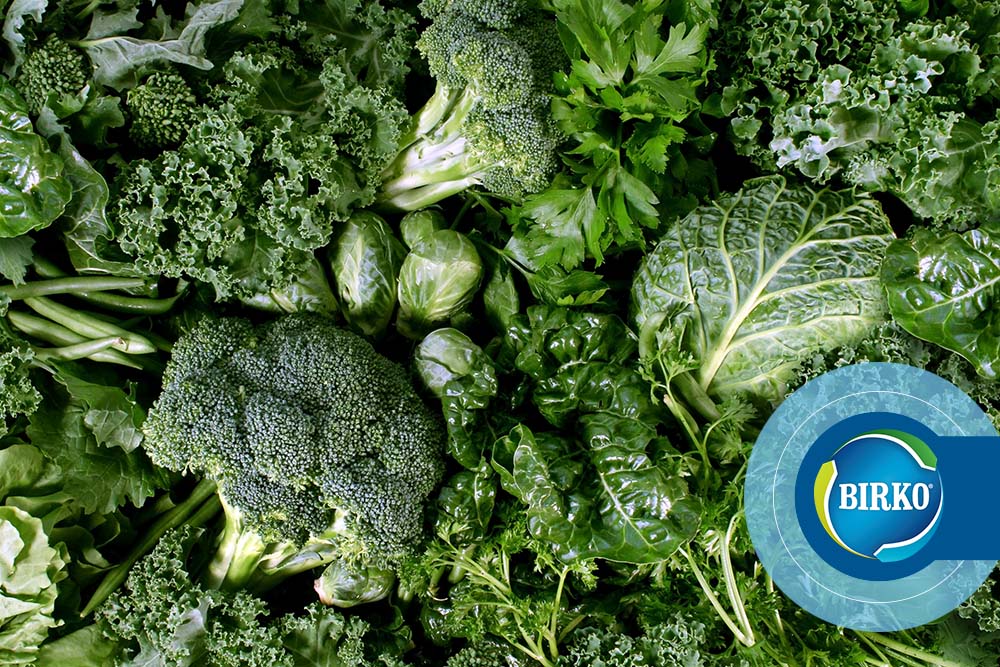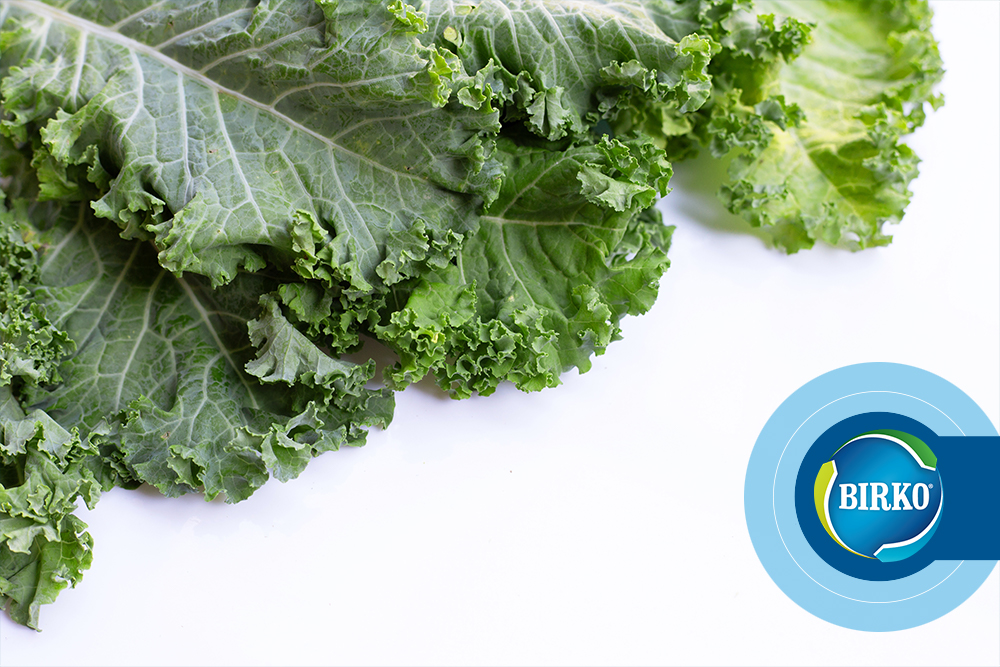With Cyclospora back in the news, due to an outbreak related to fresh veggie trays that has sickened 185 and hospitalized 7, it’s time to provide a refresher on: What is Cyclospora, where does it come from and how can we prevent it from causing disease?
Cyclospora, or Cyclospora cayetanensis, is a protozoan parasite that causes a gastrointestinal illness, Cyclosporiasis. Infected individuals can display a range of symptoms that range from having no clinical symptoms of disease (asymptomatic infection) to severe diarrhea resulting in dehydration and weight loss. Other less common symptoms can include anorexia, nausea, vomiting, abdominal bloating, cramping, fatigue, body aches and low-grade fever. The onset of illness is two to 14 days, with an average of seven days. In untreated individuals a cycle of remitting and relapsing symptoms can occur that lasts for weeks to months.
People who are infected with Cyclospora shed a non-infectious form of the parasite in their feces. This form known as an oocyte requires an extended period of environmental exposure to develop into the infectious form. Shedding of oocysts can continue for several weeks after symptoms have ended. In developed countries, Cyclosporiasis is typically associated with international travel or consumption of imported produce.
The CDC has recorded outbreaks associated with imported produce going back to 1990. At this writing, the current outbreak appears to be associated with produce that was grown and processed outside of the U.S., before being imported and distributed to food service outlets. There is a very limited amount of research on Cyclospora due to the difficulties of working with this organism in the lab. From what we do know, the most likely source is that the irrigation water used to grow the produce was contaminated with the infections from one of the oocysts. Fortunately, to date foodborne illness outbreaks related to Cyclospora have been relatively rare. However, outbreaks may become more prevalent due to an increasing volume of imported fresh and pre-processed produce items.
Cyclospora poses a unique set of food safety challenges; there is limited knowledge on the mechanisms by which produce becomes contaminated, the oocysts are resistant to all of the sanitizers available to food processors and there are no chemical antimicrobial compounds that can be used to treat produce to kill the oocysts. Usually associated with imported produce, there is growing concern that it could be a problem in US grown produce as well. The Center for Produce Safety has funded a project at the University of Arizona to look at Potential Reservoirs and Occurrence of Cyclospora in Irrigation waters in AZ and TX.
Thorough washing with potable water may remove oocysts, but on some produce items such as raspberries the fine hairs on the berry surface may help the oocysts adhere to the fruit and make them very difficult to wash off.
Birko’s R&D team is scouring the literature to learn more about Cyclospora and specifically looking for information that will allow us to develop effective strategies to help the produce industry combat this pathogen.
As always, good cleaning and sanitation practices and strict adherence to good manufacturing practices (GMPs) with a particular focus on hand sanitation, especially after using the restroom, are highly recommended.
Contact me any time with questions on how to build an effective food safety program, or if you need third-party review of your facility and processes.
 Elis Owens, Ph.D., Director, Technical Services, Birko, can be reached at [email protected], 303-289-1090.
Elis Owens, Ph.D., Director, Technical Services, Birko, can be reached at [email protected], 303-289-1090.










